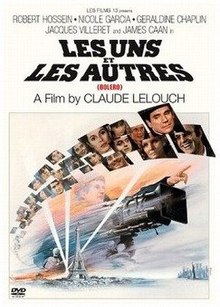
Boléro is a 1928 work for large orchestra by French composer Maurice Ravel. It is one of Ravel's most famous compositions. It was also one of his last completed works before illness diminished his ability to write music.

Maurice Béjart was a French-born dancer, choreographer and opera director who ran the Béjart Ballet Lausanne in Switzerland. He developed a popular expressionistic form of modern ballet, talking vast themes. He was awarded Swiss citizenship posthumously.
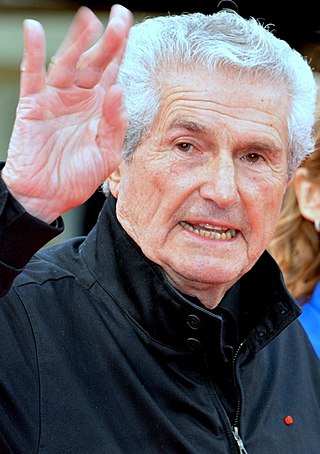
Claude Barruck Joseph Lelouch is a French film director, writer, cinematographer, actor and producer. Lelouch grew up in an Algerian Jewish family. He emerged as a prominent director in the 1960s. Lelouch gained critical acclaim for his 1966 romantic melodrama film A Man and A Woman. At the 39th Academy Awards in 1967, A Man and a Woman won Best Original Screenplay and Best Foreign Language Film. Lelouch was also nominated for Best Director. While his films have gained him international recognition since the 1960s, Lelouch's methods and style of film are known for attracting criticism.

Valérie Quennessen was a French theatre and film actress.
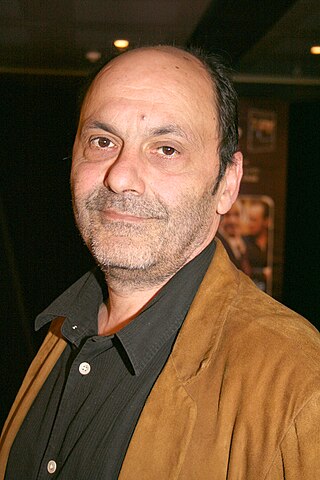
Jean-Pierre Bacri was a French actor and screenwriter.

Jorge Donn, was an Argentine internationally known ballet dancer. He was best known for his work with Maurice Béjart's Ballet of the 20th Century. He died of AIDS on 30 November 1992 in Lausanne, Switzerland. His nephew, Aliocha Itovich, is now a famous French filmmaker.
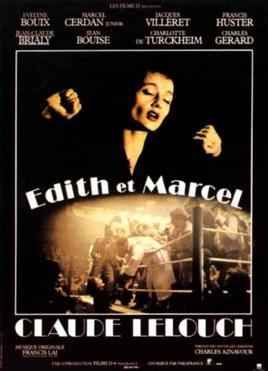
Édith et Marcel is a 1983 French film directed by Claude Lelouch.
The 7th César Awards ceremony, presented by the Académie des Arts et Techniques du Cinéma, honoured the best French films of 1981 and took place on 27 February 1982 at the Salle Pleyel in Paris. The ceremony was chaired by Orson Welles and hosted by Pierre Tchernia and Jacques Martin. Quest for Fire won the award for Best Film.

Francis Huster is a French stage, film and television actor, director and scriptwriter.
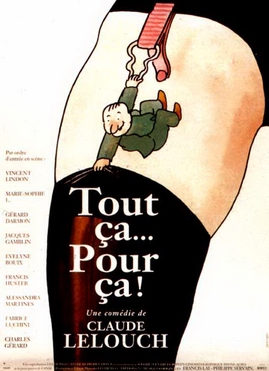
Tout ça... pour ça! is a 1993 French film directed by Claude Lelouch.

Jean-Claude Bouttier was a French actor and professional boxer. During his boxing career, which spanned from 1965 to 1974, he won 64 out of 72 bouts, 43 of them by knockout. In June 1971 he won the European Boxing Union (EBU) middleweight title, and in 1972 and 1973 unsuccessfully contested the WBC and WBA titles against Carlos Monzon. He lost the EBU title to Kevin Finnegan in May 1974.
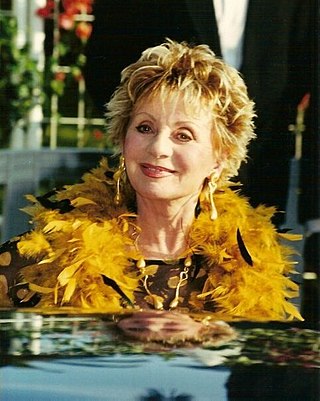
Léonie Juliana, Baroness Cooreman, also known by her stage name Annie Cordy, was a Belgian actress and singer. She appeared in more than 50 films from 1954 and staged many memorable appearances at Bruno Coquatrix' famous Paris Olympia. Her version of "La Ballade de Davy Crockett" was number 1 in the charts for five weeks in France in August 1956. She was born in Laeken, Belgium, where in 2004, King Albert II of Belgium bestowed upon her the title of Baroness in recognition for her life's achievements.

The 34th Cannes Film Festival was held from 13 to 27 May 1981. The Palme d'Or went to the Człowiek z żelaza by Andrzej Wajda. The festival opened with Three Brothers by Francesco Rosi and closed with Honeysuckle Rose, directed by Jerry Schatzberg.

A Man and a Woman: 20 Years Later is a 1986 French drama film directed by Claude Lelouch and is a sequel to Lelouch's 1966 film Un homme et une femme. It was screened out of competition at the 1986 Cannes Film Festival. A follow-up to both films, The Best Years of a Life, again starring Trintignant and Aimee, was released in 2019.

Jacques Spiesser is a French actor.
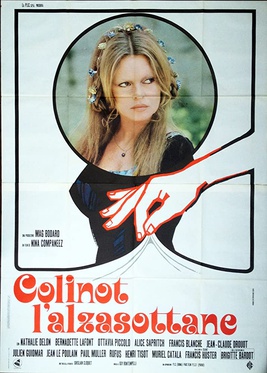
The Edifying and Joyous Story of Colinot is a 1973 French comedy film directed and written by Nina Companéez. Francis Huster stars as the title character, Colinot. It is notable as the final film appearance of Brigitte Bardot who retired from the entertainment industry when the film went into post-production.

Parking is a French fantasy and musical film from 1985. It was directed and written by Jacques Demy, starring Francis Huster, Laurent Malet, and Jean Marais.
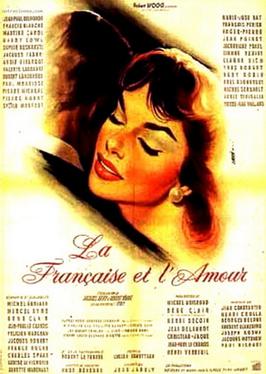
Love and the Frenchwoman is the US title of a 1960 French anthology film originally entitled La française et l'amour. It starred Jean-Paul Belmondo and Dany Robin.

The Théâtre Édouard VII, also called théâtre Édouard VII – Sacha Guitry, is located in Paris between the Madeleine and the Opéra Garnier in the 9th arrondissement. The square, in which there is a statue of King Edward the Seventh, was opened in 1911. The theatre, which was originally a cinema, was named in the honour of King Edward VII, as he was nicknamed the "most Parisian of all Kings", appreciative of French culture. In the early to mid 1900s,under the direction of Sacha Guitry, the theatre became a symbol of anglo-franco friendship, and where French people could discover and enjoy Anglo Saxon works. French actor and director Bernard Murat is the current director of the theatre. Modern "boulevard comedies" and vaudevilles are often performed there, and subtitled in English by the company Theatre in Paris. Important figures in the arts, cinema and theatre have performed there, including Orson Welles, Eartha Kitt, and more. Pablo Picasso created props for a play at the Théâtre Edouard VII in 1944.
The Prix du Brigadier, established in 1960 by the Association de la Régie théâtrale (ART), is an award given to a personality from the world of theater.
